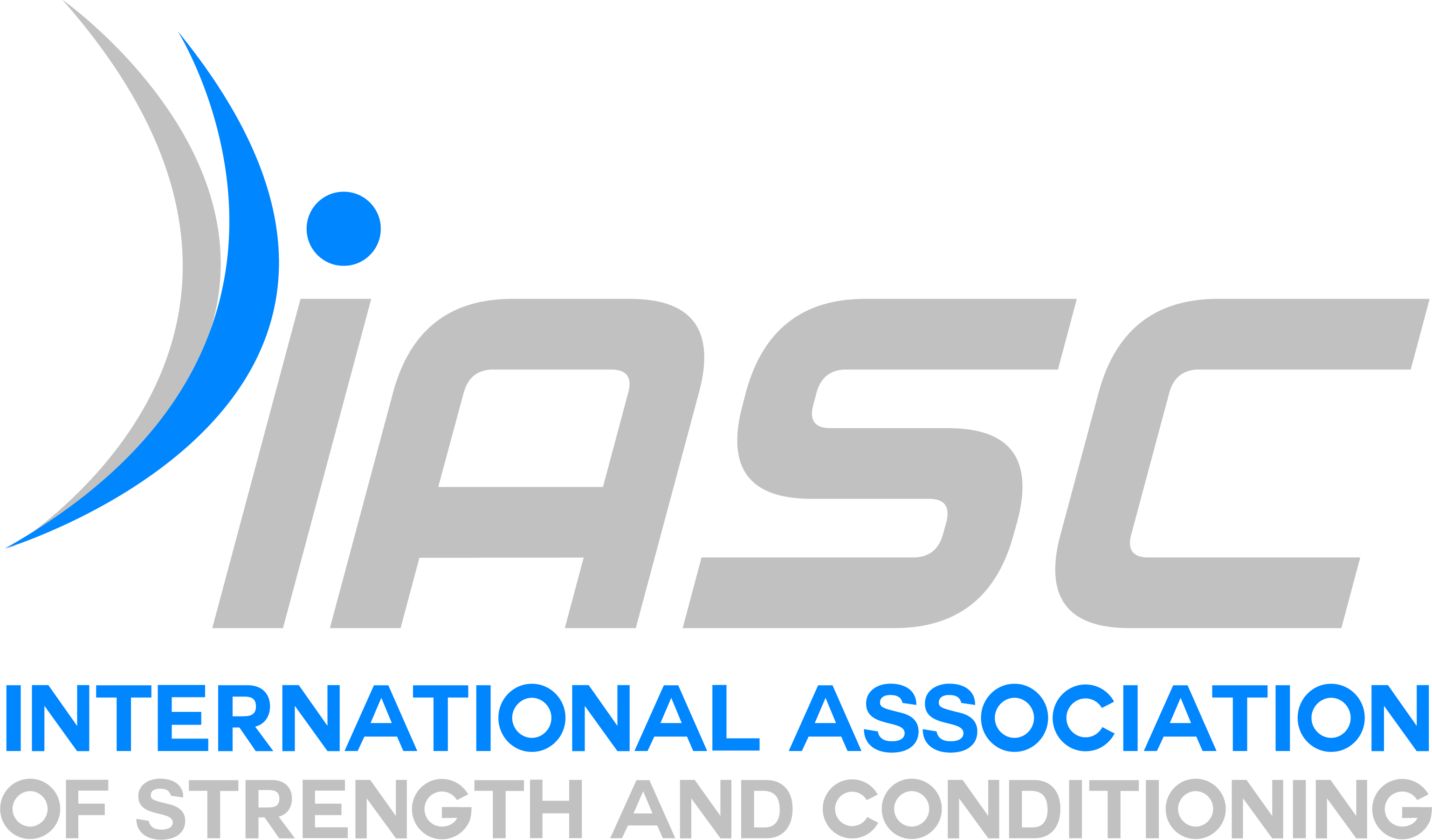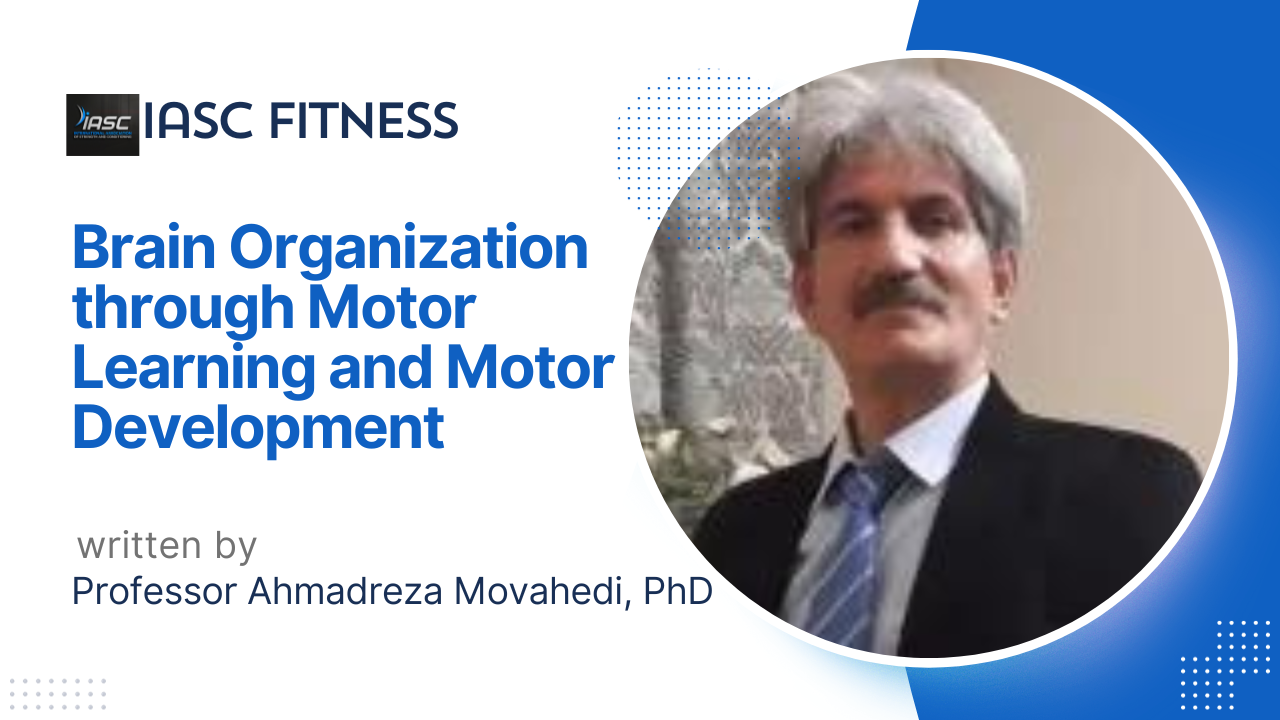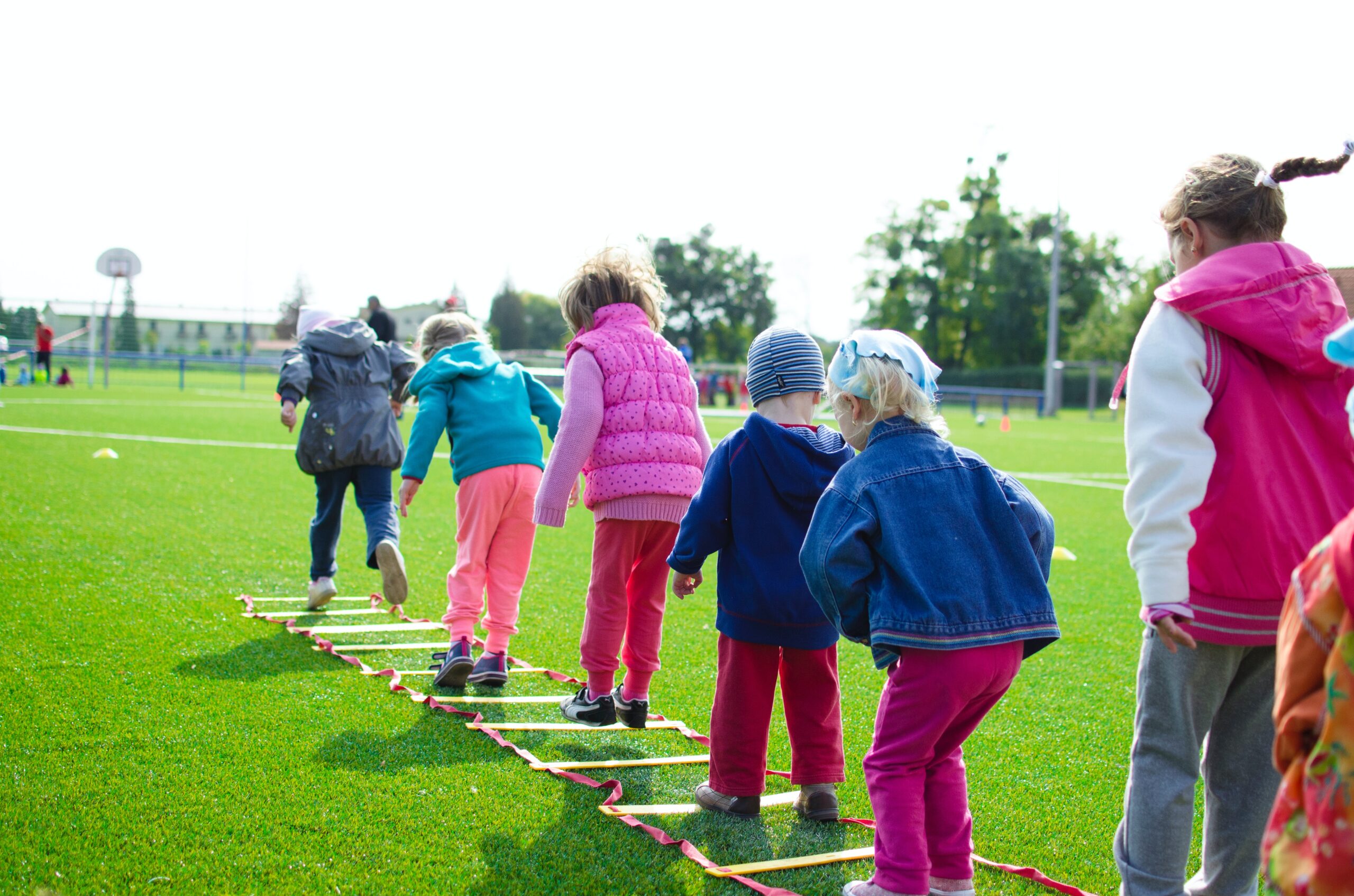At birth, the size of the brain is one-fourth (1⁄4) of the size of the adult brain. It nearly doubles in size in the first year and grows to 80% of adult size by age 3, and nearly fully grows by age 5 (Gale et al., 2004). At birth, our brain has the least organization. This is why neonates are not able to move, communicate, and talk.
There are billions of neurons that have the least connections, the least circuits, and neural networks. Organization of the brain is needed. More than 100 billion nerves need to communicate in trillions of connections. Specialized areas that work together should be developed in the brain. The early years of a child’s life are critical for making connections, networks, and neural circuits (Pessoa, 2014).
The number of neurons from birth to 8 years old is more than the number of neurons in adulthood. Neural pruning starts from age three to eight. Pruning is the decrease of synaptic connections within the brain in which the brain leaves the more efficient and useful pathways, while lesser-used neurons die off and inefficient synapses are removed (Chechik, Meilijson, & Ruppin, 1999).
Sensorimotor activities including motor skill learning and development are the best strategies for creating connections, neural networks, neural circuits, and neural pruning in childhood. Quality of care, stimulation and the interactions a child receives determines which brain connections develop and will last for a lifetime (Lenroot & Giedd, 2006).
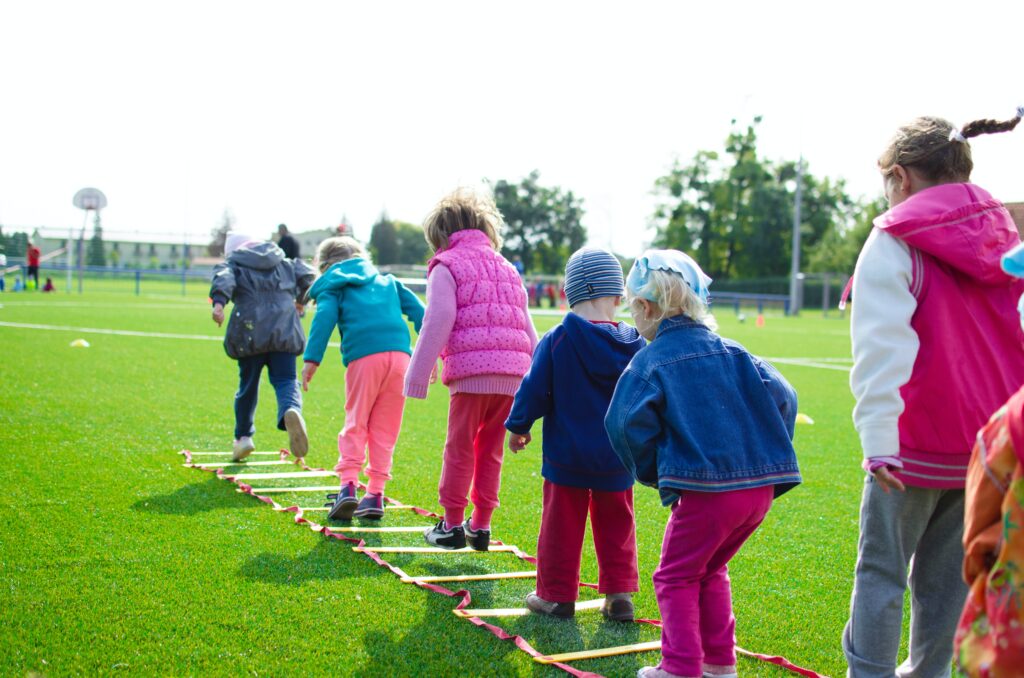
Jean Piaget, the most prominent psychologist in the field of cognitive psychology believes that physical and motor exercises are the essence of intelligence and cognitive development in children. Physical and motor development has been considered a base for the development of other domains including cognitive, affective, and social development (Piaget, 1976).
Brain organization is the result of improvement in neural connections (synapses), neural networks, the neural circuits. Brain organization is a base for cognitive, affective, and social development. Brain organization and sensorimotor exercises interact during developmental milestones (Herting & Keenan, 2017).
Brain organization leads to Laterality. Laterality is the dominance of one side of the brain in controlling particular activities or functions, or of one of a pair of organs such as the eyes or hands. Laterality results in Language formation and coordination (Vernon, 1984). Laterality needs to be completed by the age of 4 and established by the age of 8. Sensorimotor activities and interventions play the most vital role in laterality. Laterality might be considered the first step in sport talent orientation, development, and identification.
Donald Olding Hebb, a Canadian psychologist and a prominent and influential figure in the area of neuropsychology has emphasized the role played by motor and physical activities during childhood in the organization and plasticity of the brain (Hebb, 2005).
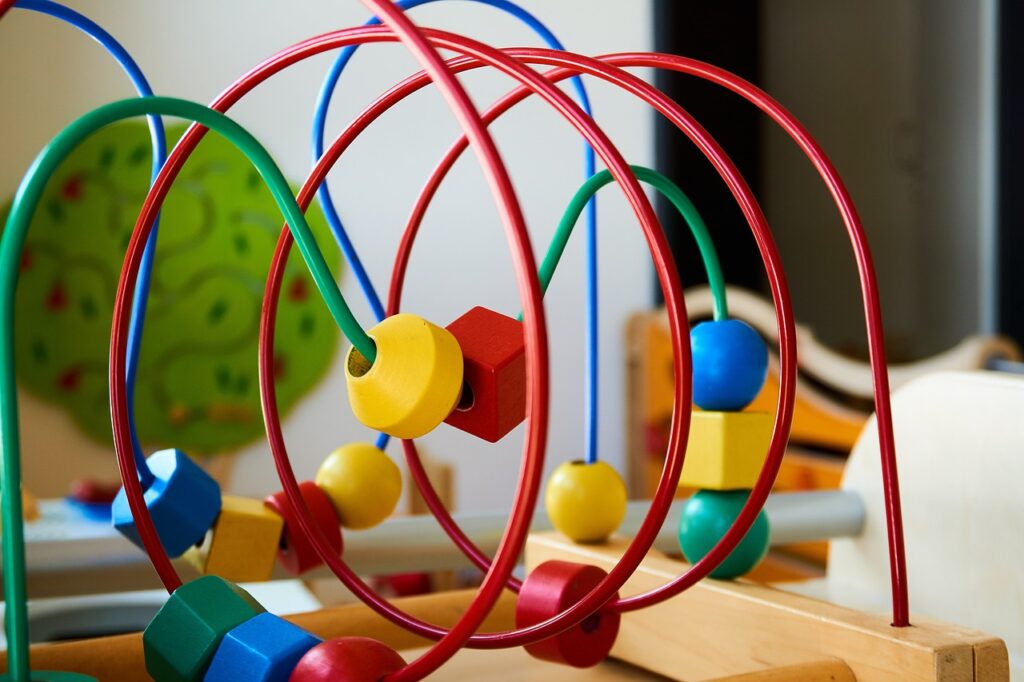
In sum, the benefits of brain organization include more efficient neurons, more neural circuits & networks, efficient connections among neural circuits, a more efficient brain, a more integrated brain, better management of emotions, optimal task performance, better performance of tasks simultaneously with the least flaws and interference, and more efficient serotoninergic and dopaminergic pathways.
It is to be mentioned that the frontal lobe of the brain is key for brain organization. Initiating and coordinating motor movements, higher cognitive skills, problem-solving, thinking, planning, organizing, personality, and emotional makeup are the functions done by the frontal lobe.
In conclusion, proper motor learning and development via sensorimotor activities leads to efficient neural connections and circuits, improvement of the pruning process of neurons and synapses, and a well-organized brain. A person with a well-organized brain could do the most of her/his ability to perform better in her/his own occupation. In sports, brain organization leads to one’s optimal performance and better talent development.
References:
- Chechik, G., Meilijson, I., & Ruppin, E. (1999). Neuronal regulation: A mechanism for synaptic pruning during brain maturation. Neural computation, 11(8), 2061-2080.
- Gale, C. R., O’Callaghan, F. J., Godfrey, K. M., Law, C. M., & Martyn, C. N. (2004). Critical periods of brain growth and cognitive function in children. Brain, 127(2), 321-329.
- Hebb, D. O. (2005). The organization of behavior: A neuropsychological theory. Psychology Press.
- Herting, M. M., & Keenan, M. F. (2017). Exercise and the developing brain in children and adolescents. In Physical activity and the aging brain (pp. 13-19). Academic Press.
- Lenroot, R. K., & Giedd, J. N. (2006). Brain development in children and adolescents: insights from anatomical magnetic resonance imaging. Neuroscience & biobehavioral reviews, 30(6), 718-729.
- Pessoa, L. (2014). Understanding brain networks and brain organization. Physics of life reviews, 11(3), 400-435.
- Piaget, J. (1976). Piaget’s theory. In Piaget and his school (pp. 11-23). Springer, Berlin, Heidelberg.
- Vernon, P. E. (1984). Intelligence, cognitive styles, and brain lateralization. International Journal of Psychology, 19(1-4), 435-455.

Author Biography
Ahmadreza Movahedi, PhD
Professor of Psychomotor Development and Learning, College of Sport Sciences, Department of Motor Behavior, University of Isfahan, Isfahan, IranAcademic
E-mail: a.movahedi@spr.ui.ac.ir
